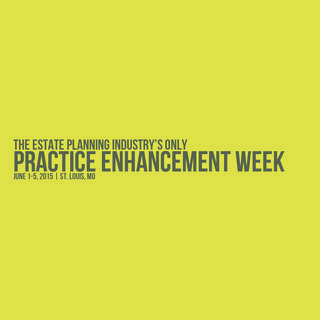As the government benefits supervisor and paralegal for The Elder & Disability Law Firm of Victoria L. Collier, I work with both Medicaid applications and VA claims. However, VA cases dominate and easily outweigh Medicaid files in our outstanding caseload by a ratio of 4:1.
 This may be due to Victoria’s being a wartime Veteran herself, her national recognition as the nation’s expert lawyer for VA Improved Pension with Aid and Attendance, or it may have to do with the length of time it takes to prosecute a VA claim until resolution. Regardless of the reason, I spend a great deal of time communicating with Veterans and their families and getting to know their personal history.
This may be due to Victoria’s being a wartime Veteran herself, her national recognition as the nation’s expert lawyer for VA Improved Pension with Aid and Attendance, or it may have to do with the length of time it takes to prosecute a VA claim until resolution. Regardless of the reason, I spend a great deal of time communicating with Veterans and their families and getting to know their personal history.
I often pore over military records for information – some of these so fragile that I fear making photocopies of them. Some Veterans keep meticulous records of their service and every administrative detail of their time in the military is recorded in documents that surely no one has looked at in years. Others have barely any record of their tour of duty at all and we must file a request for a copy of their discharge paperwork.
As I began to prepare for a trip to D.C recently, I automatically planned a trip to the National Mall, in particular the National World War II Memorial, Vietnam Veterans Memorial and the Korean War Veterans Memorial. I am a first-generation American of Argentine-born parents, neither of whom served in the American Armed Forces. My father did serve conscripted service in his home country and was told by his superiors that he was the worst soldier in the history of the Argentine army. However no one else in my immediate family has served. Then why is it so important to me that I visit these memorials on my trip?
It is important to me because of the Veterans that I have come to know and respect through my work. And by visiting these memorials, I can in some small way honor their service and that of their fallen comrades. But then I also remember sitting on bleachers on just about the hottest and most humid August day on Parris Island watching my nephew become a United States Marine and I have a son who may yet live to serve in our Armed Forces. Even to the contact that I have had with the many, many Veterans currently working at the Department of Veterans Affairs and who must routinely thank callers for the Veteran’s service. I must in turn thank them for their service in whatever way I can.
If you want to learn more about Veteran Benefits Planning, Asset Protection or Medicaid Planning, join us for the Estate Planning Industries Only Practice Enhancement Week in St. Louis, June 1st – 5th. There are still a few seats left so grab them before they're gone. Doors close in one week and we always sell out. If you're even thinking about showing up, click here to register now before seats are gone.
By Sabrina A. Scott, Paralegal, The Elder & Disability Law Firm of Victoria L. Collier, PC and Production Coordinator for Lawyers for Wartime Veterans, LLC.










